Sketch the graph of the quadratic function. Identify the vertex, intercepts, and the equation for the axis of symmetry.f(x) = x2 + 4x - 7
A. vertex: 
x-intercepts: (-4, 0) and (3, 0)
y-intercept: (0, -12)
axis of symmetry: x = - 
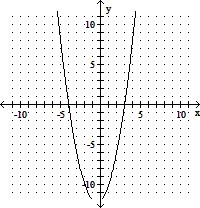
B. vertex: (-2, -11)
x-intercepts: (-2 ±  , 0)
, 0)
y-intercept: (0, -7)
axis of symmetry: x = -2 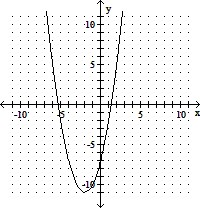
C. vertex: (-2, 3)
x-intercepts: none
y-intercept: (0, 7)
axis of symmetry: x = -2
D. vertex: (4, 0)
x-intercept: (4, 0)
y-intercept: (0, 7)
axis of symmetry: x = 4 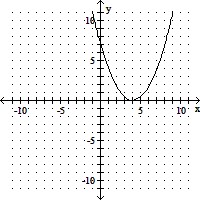
Answer: B
You might also like to view...
An algebraic expression is given. Use the expression to answer the following questions. a) How many terms are there in the algebraic expression? b) What is the numerical coefficient of the first term? c) What is the constant term? d) Does the algebraic expression contain like terms? If so, what are the like terms?4y + 1 + 3x
A. a) 3 b) 3 c) 1 d) no B. a) 3 b) 4 c) 1 d) yes, 4y and 3x C. a) 2 b) 4 c) 1 d) no D. a) 3 b) 4 c) 1 d) no
Graph the function.f(x) = log2(x) + 3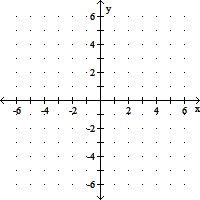
A. 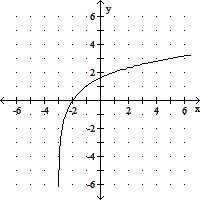
B. 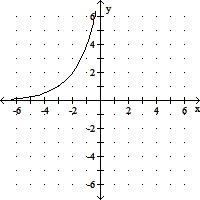
C. 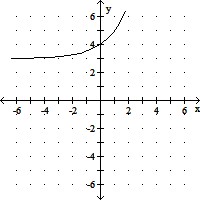
D. 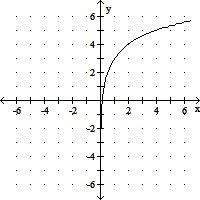
Add. Do not use a number line except as a check.-64 + 17
A. 47 B. -47 C. 81 D. -81
Determine whether Rolle's Theorem can be applied to the function src="https://sciemce.com/media/2/ppg__cognero__Section_3.2__media__8abb6ab7-48ea-4b3c-83a2-dfc11c27d1f6.PNG" class="wirisformula" align="middle" style="vertical-align: middle;" data-wiris-created="true" varid="variable_id_field" variablename="impvar_0f00cb7f1789464c8cf71bb0f" /> such that 


?
A. Rolle's Theorem applies;
B. Rolle's Theorem applies;
C. Rolle's Theorem does apply;
D. Rolle's Theorem applies;
E. Rolle's Theorem does not apply



